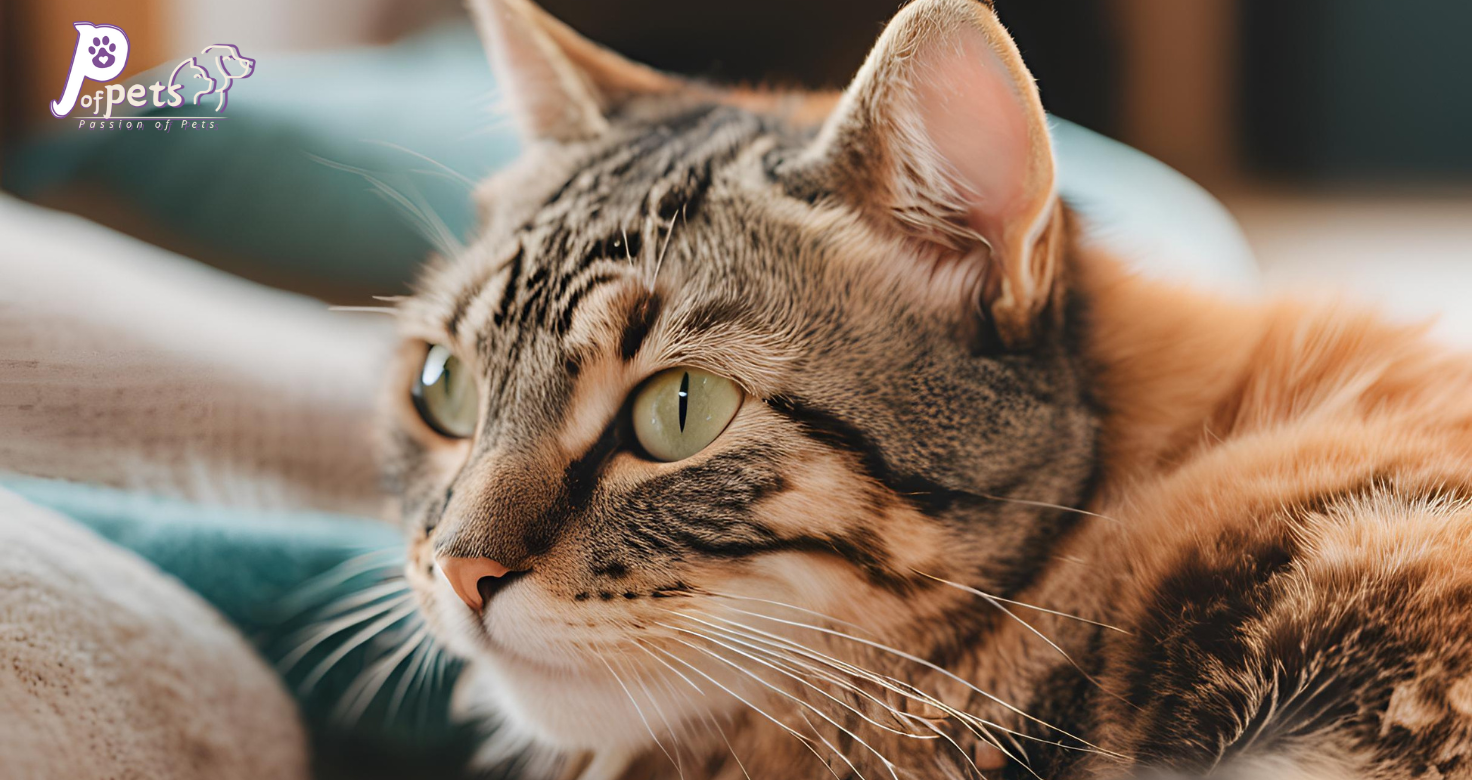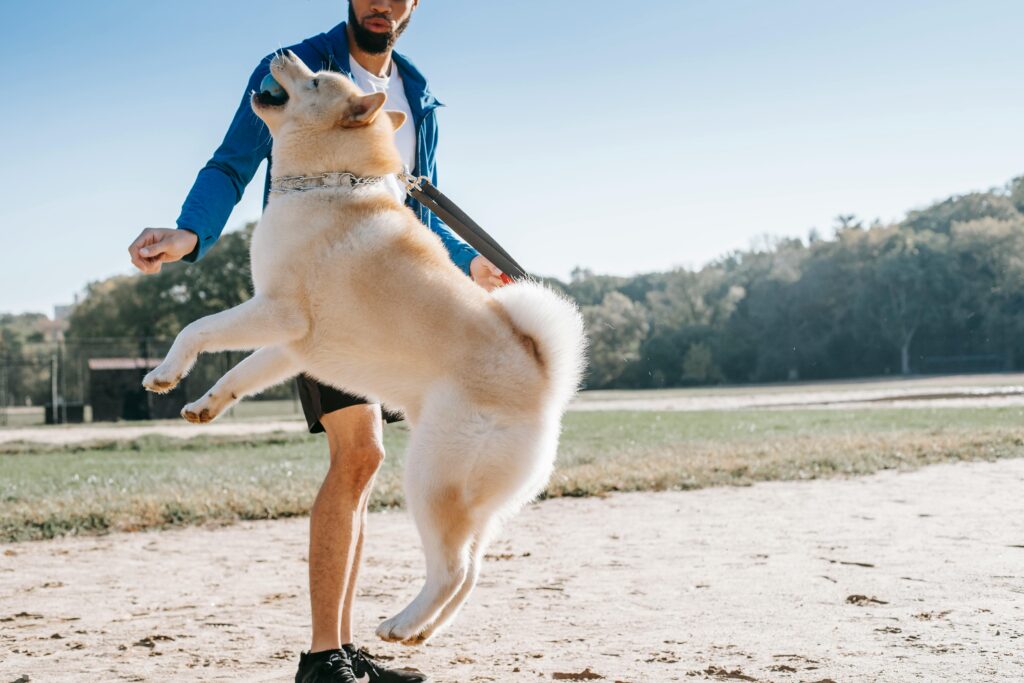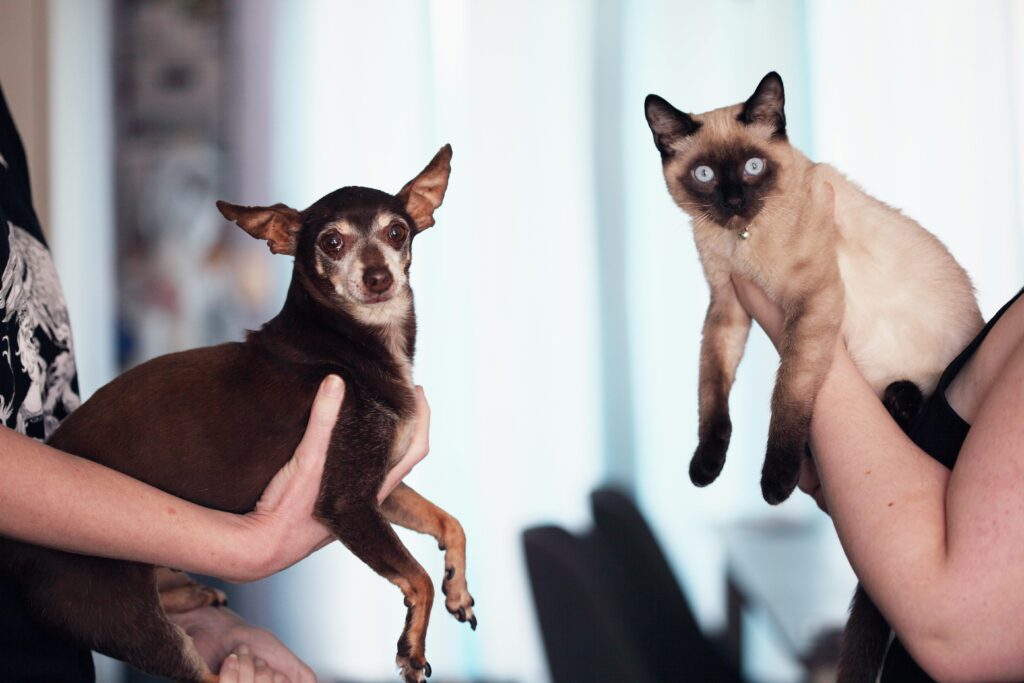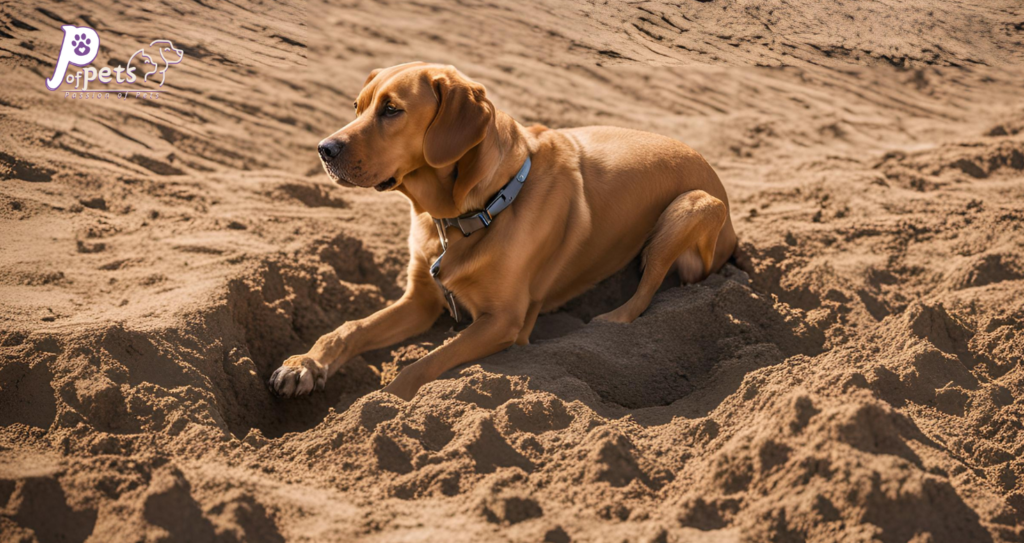Introduction
Have you ever wondered, why do cats purr when you pet them? This soothing sound is one of the most endearing qualities of our feline companions, but its meaning goes deeper than just contentment. Cats purr for a variety of reasons, from expressing happiness to healing themselves.
In this article, we’ll dive into the science and psychology behind this behavior, uncovering 7 fascinating reasons why your cat purrs when you stroke their fur.
Why Do Cats Purr? The Science Behind the Sound
What Is Purring?
Purring is among the most characteristic and enchanting sounds of the animal kingdom, reserved exclusively for domestic cats and some wild feline species, such as cheetahs and bobcats. This rhythmic, vibrating sound is commonly associated with the contentment of a cat; however, it does not serve the purpose of showing happiness alone. Purring is a sophisticated way of communicating and a physiological response that fulfills multiple roles, which include bonding with humans to self-healing.
Interestingly, however, purring is not solely a positive expression. They are purring while in pain, anxious, or even giving birth. This duality has made the purr one of the most interesting behaviors of domesticated cats, which scientists and cat lovers alike have been trying to unravel for many decades.
How Do Cats Purr?
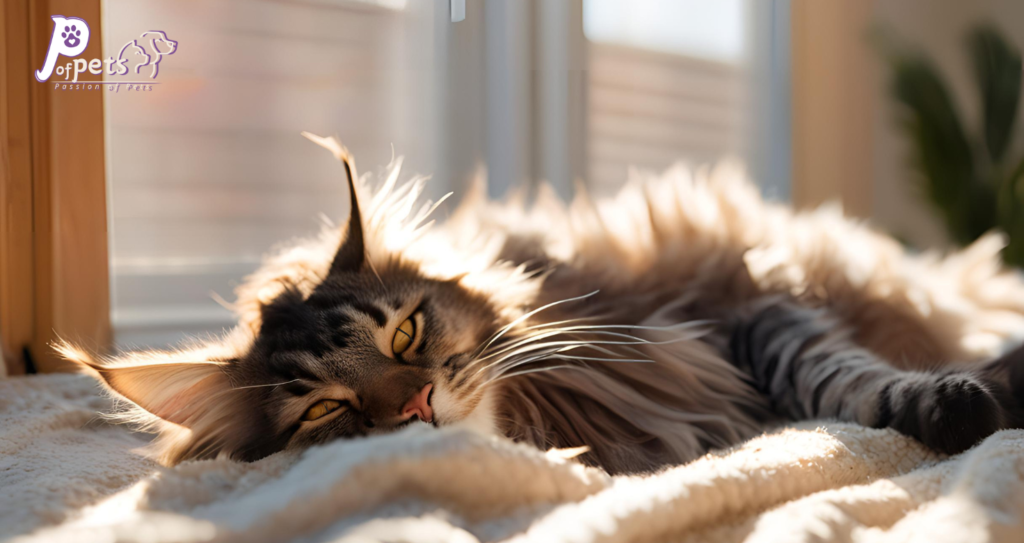
Moreover, the mechanism for purring is as interesting as the sound itself. The production of this soothing sound can be done by the cat through the quick contraction and release of its laryngeal and diaphragmatic muscles. These contractions occur between 25 to 150 times per second, creating a steady, low-frequency hum resonating deep within their body.
What makes it even more remarkable is the fact that purring occurs during inhalation and exhalation, thus giving one a continuous sound that does not hinder the cat. The same is opposite of other vocalizations like meowing or growling that are only emitted during exhalation.
The Role of the Brain in Purring
Purring is controlled by a neural oscillator in the cat’s brain that sends repetitive signals to the laryngeal muscles. Generally, this is an involuntary process, and cats do not need to consciously decide to purr-it happens instinctively in response to certain stimuli, such as being petted or feeling stressed.
The Healing Power of Purring
The most interesting part, perhaps, is the possible therapeutic benefits associated with their purring. A cat’s purr frequency-one that lies between 25 and 150 Hz-has been associated with bone density enhancement, fracture healing, and swelling reduction. Some scientists believe that cats purr as a way not only to comfort themselves but also to speed up their healing after an injury or illness.
Fun Fact: The frequency range of a cat’s purr overlaps with frequencies used in human physical therapy for pain relief and muscle regeneration. This has led some scientists to speculate that living with a purring cat might have health benefits for humans, too!
Why Is Purring So Unique to Cats?
While many animals are vocal for communication, the sound of purring is unique to felines; not even all feline species can produce this sound. For example, big cats, such as lions and tigers, can only roar and not purr, while small cats, such as domesticated cats and cheetahs, can purr but never roar. This has to do with the specific anatomy of the larynx and hyoid bone.
Purr Evolutionary Functions
Purring can be assumed to have served an evolutionary function. Kittens are born deaf and blind; they can, however, detect vibrations. In this manner, mother cats utilized purring when nursing to indicate to their kittens either safety or their next meal. As cats began to become man’s immediate animals, purring became a non-verbal, soothing expression intended to engender comfort and to instill in the mind feelings of trust-mutual in nature-between man and animal.
The Purr: Its Emotional and Social Significance
Purring is not only a physical phenomenon but is closely related to the emotional and social behavior of a cat. If your cat purrs during a petting session, it means they are comfortable with their surroundings and safe with you. This response is important because cats are cautious animals by nature. By allowing themselves to be so vulnerable, they are literally letting their guard down-a sign of trust in you.
Example: When your cat is purring while kneading on your lap or curling up beside you, they’re not only showing contentment but also strengthening their bond with you. This reminds them of their kittenhood, when they used to knead on their mother’s belly as a way of stimulating the milk flow-a very comforting and instinctive action.
7 Reasons Why Do Cats Purr When You Pet Them
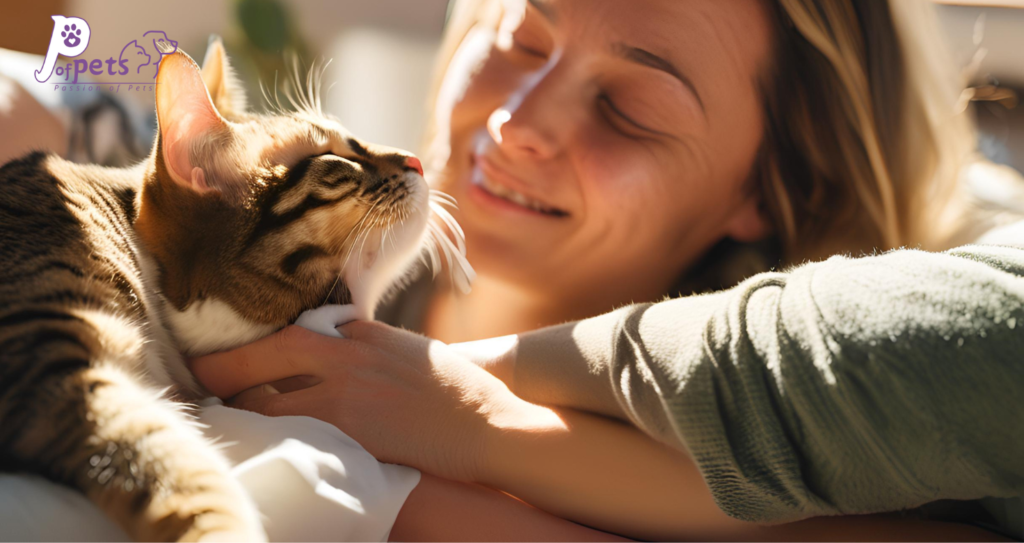
1. They’re Happy and Satisfied
This probably is the most common reason cats purr when petted: they are, in fact, happy. The gentle strokes of the fingers or hands and the attention the cat receives make it feel warm and appreciated, which then causes it to growl softly as a sign of satisfaction. This is usually characterized by other relaxing signs, such as half-closed eyes, a softly twitching tail, or a fully stretched-out posture.
Example: If your cat curls up in your lap and starts purring while you pet them, it’s their way of saying, “I love this!” This behavior is especially common in cats that have a strong bond with their owners and feel completely at ease in their presence.
Did You Know? Kittens start to purr when they are a few days old, they use this sound to communicate with their mother while nursing. This early connection of comfort and purring then carries into adulthood, making purring a natural response to contentment.
2. They’re Strengthening Their Bond with You
The purring is not one-sided. Cats manage to use it in establishing and cementing their relationship with human beings. When your cat is petted, they can purr to show trust and affection, reinforcing your association with them, since cats are independent and might take times when they don’t want anything to do with others.
Pro Tip: Return purring with gentle words or even more pets. You can even try slow blinking at your cat, which is a feline way of saying, “I trust you.
Interesting Fact: Cats often save their purring for those they are most affectionate with, be it their human family or other cats within their social group. If your cat purrs while being petted, then they have put you in their inner circle.
3. They’re Seeking Attention
Other times, cats also purr when trying to ask for attention. Loud, frequent purrs, for instance, when your cat is being petted, can translate to the desire for even more affection- perhaps even with treats from your side. Most often, purring in these circumstances is sustained and may always be accompanied by some other behavior, like the cat rubbing legs or even lightly pawing you.
Fun Fact: It has been proven in studies that cats can actually alter their purrs to sound more urgent, using a frequency similar to that of a crying baby in order to get your attention. This “solicitation purr” is designed to be impossible to ignore-so pets can get what they want.
Example: If your cat is sitting next to their empty food bowl and purring, they most definitely want you to feed them dinner!
4. They’re Self-Soothing
Purring has a calming effect on cats. When you pet them, the rhythmic vibrations of their purring can help reduce stress and anxiety, making them feel more relaxed. This is why cats may purr in situations that aren’t necessarily happy, such as during a visit to the vet or after a stressful event.
Statistic: Studies have shown that the vibrational frequency of a cat’s purr-which ranges from 25 to 150 Hz-can promote healing and pain relief. This might explain why cats often purr when they are injured or in bad health because it is a natural process for them to comfort themselves and hasten their recovery.
Pro Tip: If your cat appears nervous, try gently petting and talking to them in a gentle voice. Your touch combined with their purring can make them feel safe.
5. They’re Trying to Talk to You
Cats purr to communicate. When being stroked, for instance, a cat’s purring may roughly translate to, “That feels good,” or, “Don’t stop!” This is often accompanied by other encouraging signs, such as kneading (also known as “making biscuits”) or rubbing up against your hand.
Example: Your cat is purring and kneading your lap as you are petting him, pure bliss. Kneading is a left-over behavior when they were in their kitten stage, as the kittens knead on the tummy of the mother to give milk. This simply says your cat is comfortable with you.
Did You Know? Cats can also use purring to communicate with other cats, especially in multi-cat households. For example, a mother cat might purr to reassure her kittens or even call them to her side.
6. They’re Healing Themselves
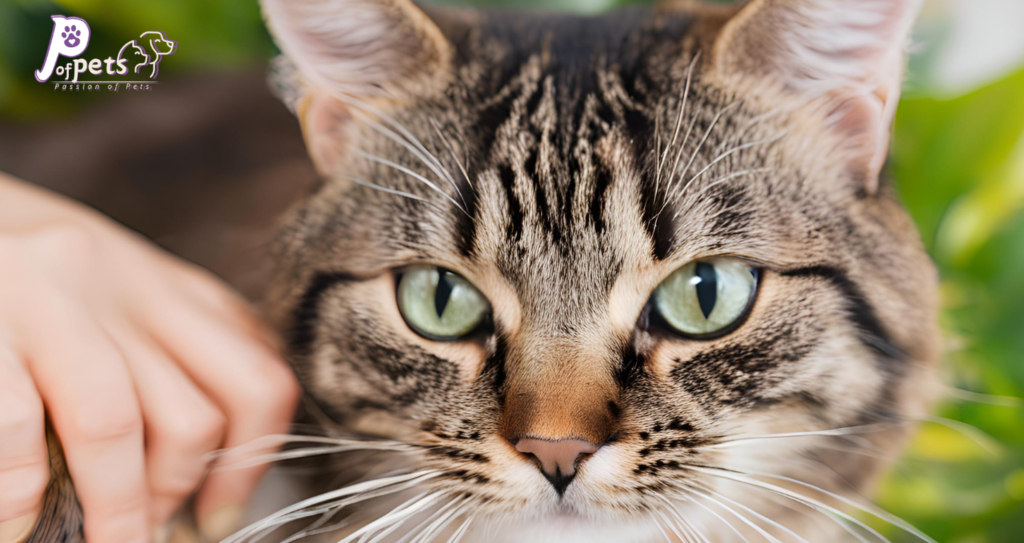
Unbelievable as it may sound, purring acts as some sort of therapy for cats. These oscillations can heal bones, reduce swelling, and can even regulate respiratory functions. Probably this is the reason cats purr more often whenever they are injured or ill-their instinctive response to heal the wound and avoid pain.
Case Study: Many vets find that cats with fractures and other injuries tend to purr more often. It has been suggested that purring helps in quick recovery because of the low-frequency vibrations produced, which stimulate the growth of bones and their repairs. This way, purring is considered a significant part of a cat’s self-healing process.
Fun Fact: Some researchers believe that the healing properties of purring can extend to humans as well. Living with a purring cat has been associated with lower stress levels and improved cardiovascular health for their owners.
7. They’re Marking Their Territory
Cats are territorial, and one of the ways they mark their territory is by purring. They may be trying to tell you, through their purring while being petted, that you’re in their “safe zone.” This happens a lot in multiple-cat households where purring among cats keeps the boundaries intact and, thus, the peace.
Interesting Fact: Cats also purr to communicate with other cats, especially in multi-cat households. A dominant cat may purr to signal that they mean no harm, while a submissive cat may purr to show deference.
Example: Your cat purrs while rubbing against your legs or furniture; they are merely claiming their territory with scent glands located on the face and body. This is their way of saying, “This is mine, and I feel safe here.”.
How to Tell What Your Cat’s Purr Means
Understanding your cat’s purr is much more than identification of the sound itself, but translation according to context, body language, and other subtle cues with which it comes. Cats are kings of non-verbal communication, and purrs can say much about mood and needs. Here’s how to decode what your cat’s purring might mean, whether it be their ultimate happiness or stress.
Signs of a Happy Purr
When your cat is purring out of contentment, their whole body will reflect the relaxed and joyful state. Here are the key signs to look for:
1. Soft, Rhythmic Purring
A contented purr is usually soft, steady, and rhythmic. It’s the kind of purr that’s like a light hum, with a relaxed facial expression often accompanying it. It is this purring sound which usually is produced when your cat is being stroked, curled up in some cozy position, or anytime it may be feeding.
Example: If your cat is lying on your lap, purring softly while you stroke their fur, they’re likely in a state of pure bliss.
2. Relaxed Body Posture
A contented cat will be loose, relaxed, and limp. The muscles won’t be tense; they may fully stretch or curl up into a comfortable ball. Often, the tail is still or gently swaying, and paws may be tucked neatly under them.
Pro Tip: If your cat exposes their belly while purring, it’s a sign of ultimate trust. However, not all cats enjoy belly rubs, so proceed with caution!
3. Slow Blinking or Closed Eyes
Slow blinking means a cat’s way of saying, “I trust you.” When your cat purrs away with half-closed eyes or gives you a slow blink, it’s pretty much a clear sign that they feel safe and happy around you.
Fun Fact: Slow blinking is often referred to as a “cat kiss” and is one of the highest compliments your feline friend can pay you.
Signs of a Stressful Purr
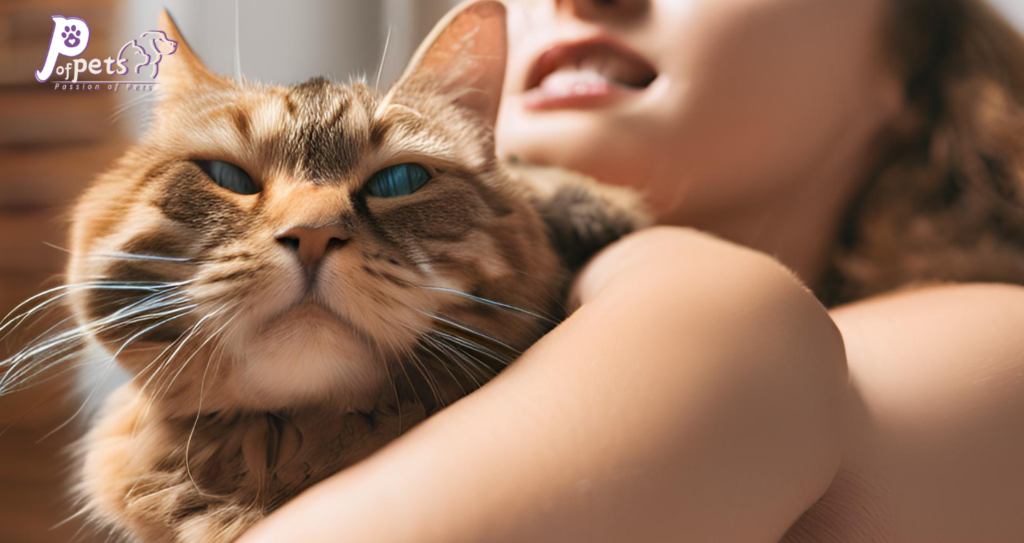
While purring is usually equated with being happy, this sound might indicate anxiety, stress, or even pain. How to tell when a purr is stressing out your kitty:
1. Loud or Erratic Purring
A stressed purr is louder, more urgent, and/or irregular, whereas a happy purr is softer and regular. It sometimes comes and goes in waves and is not regular and rhythmic. This may occur in some situations which could make your cat uncomfortable-for example, the ride to the vet or at the vet’s office.
Example: If your cat is loudly purring under the bed during a thunderstorm, this is a self-soothing behavior.
2. Tense Body Language
A stressed cat will often have a stiff, tense body. Muscles can be rigid, while the cat may crouch low to the ground or tuck its tail tightly into its body. Their ears can also be flattened against the head, and whiskers might be pulled back.
Pro Tip: If your cat is purring while tensing up, for example, look for a source of stress for them and try to eliminate it. Offer them a quiet and safe place; this will give them a reason to feel comfortable.
3. Tail Flicking or Flattened Ears
Many cats show their irritation with a flicking or thrashing tail. If your cat is purring but their tail is moving at a fast rate, or even if their ears are flattened, it’s very obvious that something is bothering them.
Interesting fact: for cats, their tail is like a barometer of their emotions. From mild irritation to full-blown anxiety, a flicking tail can mean anything depending on the speed and intensity of movement.
Other Contexts to Consider
Purring During Sleep
Cats often purr while sleeping, but this is most of the time a sign of deep relaxation and satisfaction. However, if a loud purring can be heard or your cat shows restlessness while sleeping, that might already signal some kind of discomfort or pain.
Purring Following Injury or Sickness
As mentioned earlier, cats can purr to comfort themselves and accelerate the healing process. If your cat is purring more than usual after an injury or illness, then it may be their way of dealing with pain or discomfort.
Case Study: Many veterinarians also find that cats with chronic illnesses, such as arthritis, have a higher rate of purring to help with pain management.
How to React to Your Cat’s Purring
- If It’s a Happy Purr: Just enjoy the moment! Continue petting your cat gently, speaking softly to them, or just sitting with them to reinforce their feelings of security.
- For a Stressed Purr: Sometimes, identify the source of their stress and remove it if possible. Offer comfort by speaking softly, offering a safe place, or using calming products like pheromone diffusers.
FAQs About Cats Purring
1. Do all cats purr when you pet them?
Not all cats purr, and some may purr more than others. It depends on their personality and comfort level.
2. Can cats control their purring?
Yes, cats can start and stop purring voluntarily, but it often happens instinctively in response to their environment.
3. Why does my cat purr and then bite me?
This behavior, known as “love biting,” can occur when a cat becomes overstimulated. Pay attention to their body language to avoid over-petting.
Conclusion: Strengthen Your Bond Through Understanding
Understanding why cats purr when you pet them can help you build a deeper connection with your feline friend. Whether they’re expressing happiness, seeking attention, or simply enjoying your touch, purring is a powerful form of communication.
Did you learn something new about your cat’s purring? Share this article with fellow cat lovers, and let us know in the comments why your cat purrs when you pet them!
Yuns Legdm is a passionate advocate for pet care and the founder of this website, dedicated to providing valuable information for fellow pet lovers and veterinary professionals worldwide. With a deep love for animals, Yuns created this platform to connect passionate pet owners with expert insights from veterinarians around the globe.
This website grows with you—the passionate pet owners and veterinary experts—creating a trusted space where knowledge, experience, and love for animals come together. Whether you’re seeking advice on pet health, nutrition, or general well-being, this platform is here to support you on your journey of responsible and loving pet care.

